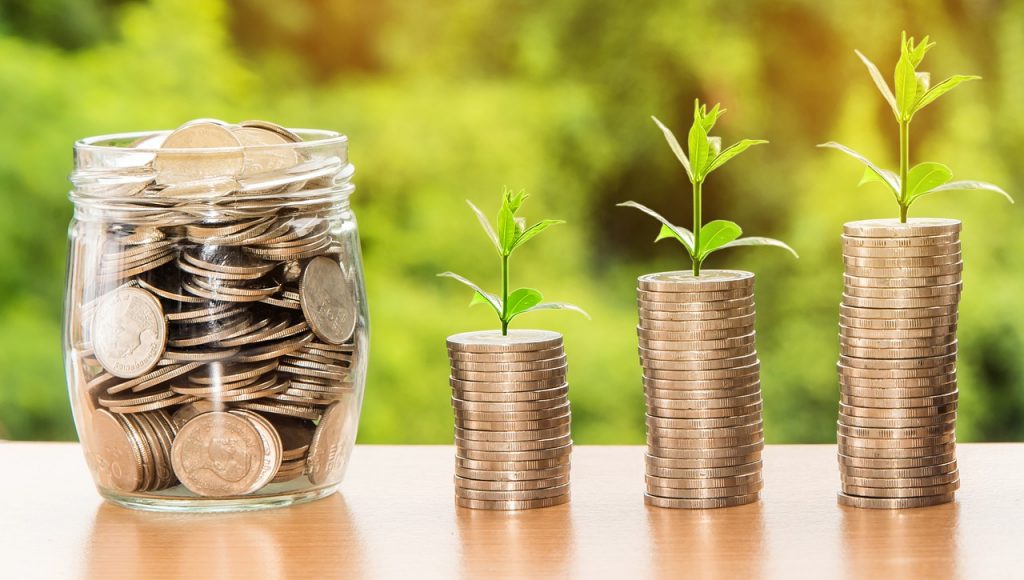
Indias economic growth is likely to show a significant improvement for the September quarter of the current fiscal over the previous three months, when the GDP slipped to a 3-year low of 5.7 per cent, say experts.
The Central Statistics Office (CSO) is scheduled to come out on Thursday with the estimates of the second quarter gross domestic product (GDP).
The data will also capture the impact of the Goods and Service Tax (GST), which was implemented from July 1.
Based on a survey of economists, industry body Ficci expects that the economic growth would rebound to 6.2 per cent in the second quarter, a significant improvement over the April-June numbers.
“The slowdown in the economy due to demonetisation and the adjustment impact of GST implementation seems to be bottoming out and as the new indirect tax regime stabilises, the economy would see an improvement in its performance,” it said in its Economic Outlook Survey.
Economic Affairs Secretary Subhash Chandra Garg too said that the decline in GDP growth has bottomed out and improvement would be visible in the second quarter data.
“I am very confident, very clear that we will have reversal of decline. We have done the decline path. We have bottomed out. Next quarter (July-September) assessment would be far better than what it was for first quarter,” Garg said recently.
According to credit rating agency Icra, the economic growth, as per the Gross Value Added (GVA) calculation, would record a sequential recovery to 6.3 percent in the second quarter led by a broad-based pick up in industrial growth.
Last week, global credit rating agency Standard & Poors, which has kept its sovereign rating for the country unchanged, said Indias growth is among the fastest of all investment- grade sovereigns and projected real GDP expansion to average 7.6 per cent over 2017-2020.
Moody’s, which has upgraded India’s rating, has projected India’s real GDP growth to moderate to 6.7 per cent in the current financial year, from 7.1 per cent in 2016-17.
